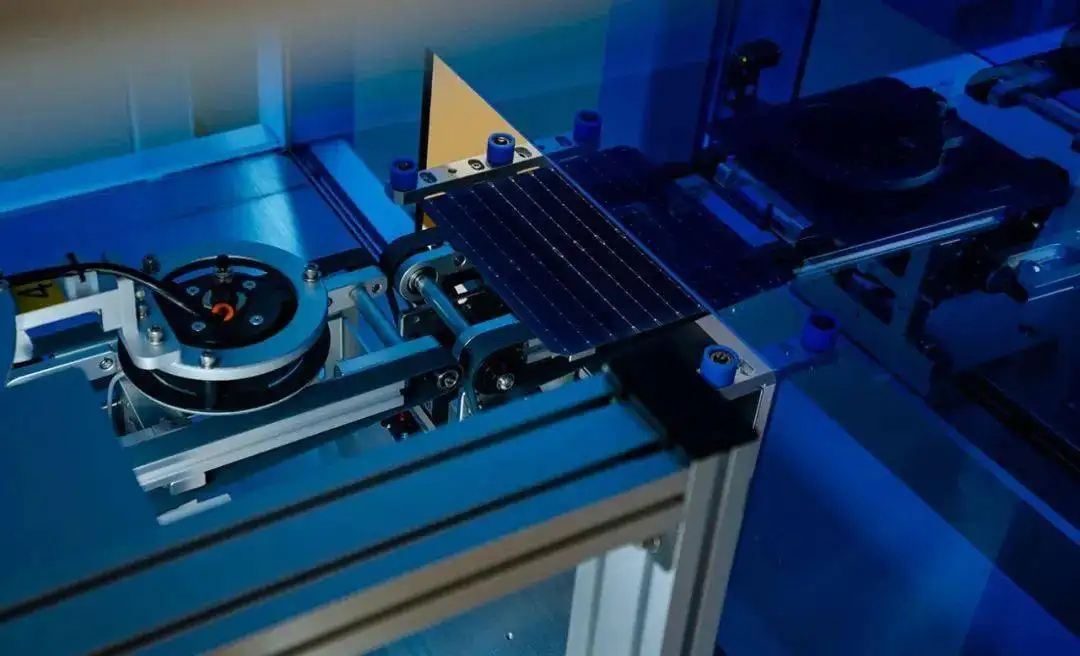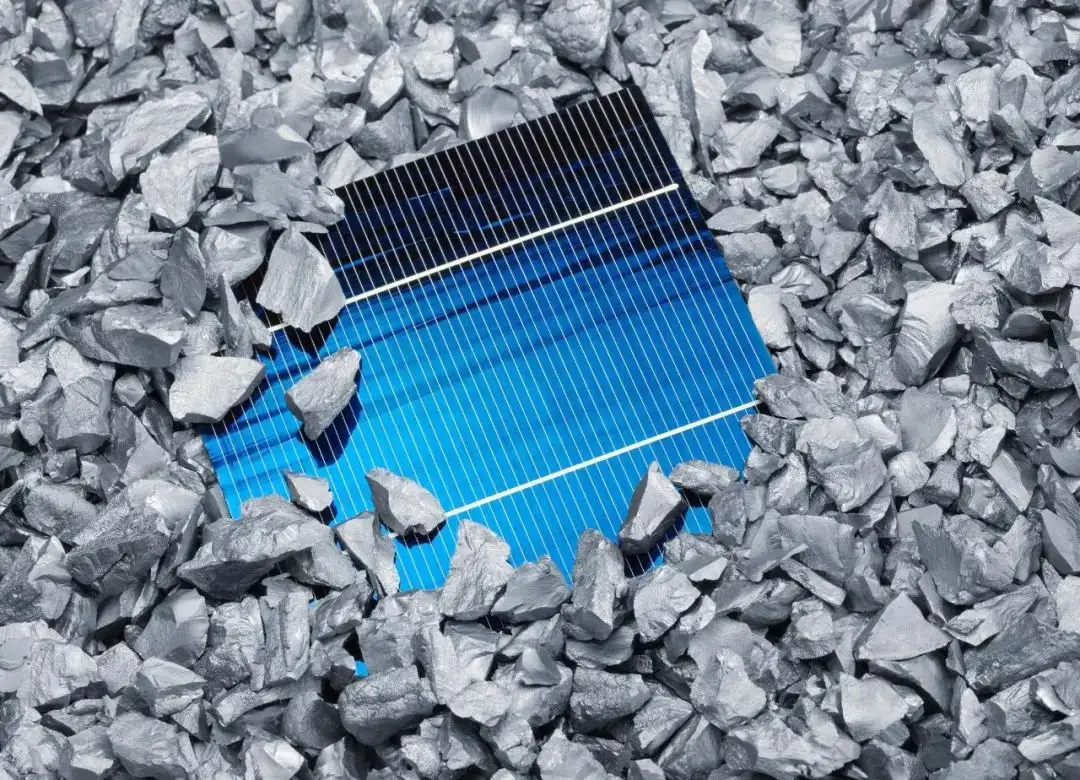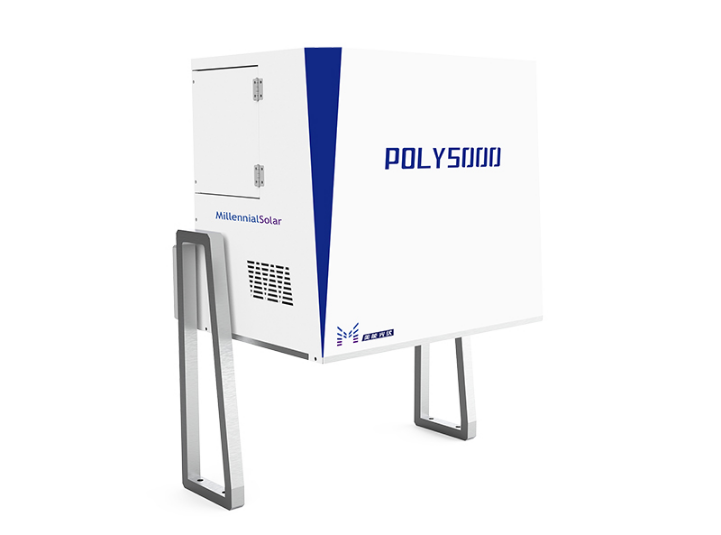
Quantum Efficiency Tester
PL/EL Integrated System
PV-Reflectumeter
3D Confocal Microscope
In-Line Four Point Probe Tester
Four Point Probe Tester
In-Line Thin Film Thickness Tester
Raman Spectrometer
FTIR Spectrometer
Spectrophotometer
Automatic Spectroscopic Ellipsometer
Contact Resistance Tester
Ultra depth of field 3D microscope
Auto Visual Tester
VMM PV Vision Measuring Machine
Solar Cell Horizontal Tensile Tester
Steady State Solar Simulator for Solar Cell
Solar Cell UV Aging Test Chamber
Solar Cell Comprehensive Tensile Tester
Visual Inspection Tester
Wet Leakage Current Tester
PV Module EL Tester
PV Module UV Preconditioning Chamber
Steady State Solar Simulator for PV Module
Current Continuous Monitor
Potential Induced Degradation Test
Bypass Diode Tester
LeTID Test System
Reverse Current Overload Tester
Impulse Voltage Tester
Hipot Insulation Tester
Ground Continuity Tester
Hipot Insulation Ground Tester
Damp Heat Test Chamber
Humidity Freeze Test
Thermal Cycle Test Chamber
Dynamic Mechanical Load Tester
Static Mechanical Load Tester
Hail Impact Tester
Robustness of Termination Tester
Module Breakage Tester
Cut Susceptibility Tester
Peel Shear Strength Tester
Universal Testing Machine (Single-arm)
Universal Testing Machine (Double-arm)
Glass Transmittance Tester
Acetic Acid Test Chamber
EVA Degree of Crosslinking Test System
Junction Box Comprehensive Tester
Drop ball tester
Semi-automatic scanning four-probe tester
Stylus Profilometer
Maximum Power Point Tracker
Perovskite Glass Transmittance Tester
Perovskite P1 Laser Scribing Multifunctional Testing Machine
Perovskite Online PL Tester
Perovskite Online Sheet Resistance Tester
Online Perovskite Film Thickness Tester
Perovskite Process Inspection Workstation
Portable IV Curve Tester
Portable EL Tester
Portable Thermal Imaging Tester
Solar Module Multi-Channel Testing System
PV Inverter Power Quality Tester
Drone EL Tester
IV Tester
IVEL Cell Sorting Machine
Technical Analysis of TOPCon Solar Cells
Date : 2024-02-29Views : 145
TOPCon is a tunnel oxide passivated contact solar cell technology based on the selective carrier principle. Its structure is an N-type silicon substrate battery. A layer of ultra-thin silicon oxide is prepared on the back of the battery, and a thin layer of doped silicon is deposited. The two together form a passivation contact structure, which effectively reduces surface recombination and metal contact recombination. It provides more room for further improvement of N-PERT cell conversion efficiency. This issue of Millennial Solar will introduce this high-tech photovoltaic cell design.
Working principle
TOPCon technology is compatible with the N-PERT bifacial cell production line, and large-scale production of N-type monocrystalline bifacial TOPCon cells can be achieved through simple modifications to the N-PERT bifacial cell production line. The tunnel oxide layer can be obtained by the thermal oxygen method. After reducing the oxygen partial pressure, the oxidation rate is slow, and a silicon oxide film layer with controllable thickness and uniformity can be obtained. The poly layer can be achieved by thermal decomposition of silane at high temperatures.
An ultra-thin tunnel oxide layer and a highly doped polysilicon thin layer are prepared on the back side of the cell. The two together form a passivation contact structure. This structure provides good surface passivation for the back side of the silicon wafer. The thin oxide layer can allow multi-carrier electrons to tunnel into the polysilicon layer while blocking the recombination of minority carrier holes, and then electrons are transported laterally in the polysilicon layer and collected by the metal, thereby greatly reducing the metal contact recombination current and increasing the open circuit voltage and short-circuit current of the cell.

Production principle
LPCVD equipment can complete the preparation of tunnel oxide layer and poly layer in one stop. The two-in-one process of thermal oxygenation and deposition of poly layer can greatly increase production capacity and reduce equipment costs, which has great advantages over other equipment. After the hot oxygen process is completed, the poly layer is deposited under low pressure. In addition to saving time, more importantly, it can protect the ultra-thin silicon oxide layer. On the one hand, the oxide layer will not be further damaged during the unloading process, the tunneling effect is lost; on the other hand, the oxide layer will not be polluted in the air.
There are two ways to dope phosphorus in the Poly layer, namely in-situ doping and non-situ doping. In-situ doping is direct doping during the deposition of poly. Non-in-situ doping is done after the poly layer is deposited. Two methods can be used, one is ion implantation plus annealing, and the other is phosphorus diffusion. The ion implantation process has better single-sidedness, but the equipment is expensive, the production capacity is low, and the cost of large-scale mass production equipment is high. The one-sidedness of the phosphorus diffusion process is slightly worse, but this problem can be solved through process design, and phosphorus diffusion equipment is already very mature in the photovoltaic market, the price is low, and the process is very stable. All things considered, in the mass production of TOPCon cells, LPCVD is the most cost-effective choice to complete the preparation of the tunnel oxide layer and the Poly layer, followed by phosphorus diffusion.

POLY In-line Thin Film Thickness Tester

E-mail: market@millennialsolar.com
Millennial POLY 5000 Built-in Thin Film Thickness Tester is specially designed for photovoltaic process monitoring. It can quickly and automatically scan the sample at 5 points simultaneously to obtain film thickness distribution information at different locations of the sample. The measurement size can be customized according to the size of the customer's sample.
●Effective spectral range 320nm~2400nm
●Fast, automatic 5-point simultaneous scanning
●Repeatability accuracy <0.5nm
●Ultra-wide measurement range 20nm~2000nm
●Online monitoring and detection achieves zero fragmentation rate
●Realize automatic inspection of the entire production line, greatly saving inspection time
We will share the TOPCon solar cell technology here today. The commercial application of this technology is relatively mature. If you have any questions, you can contact us to discuss it.

































































